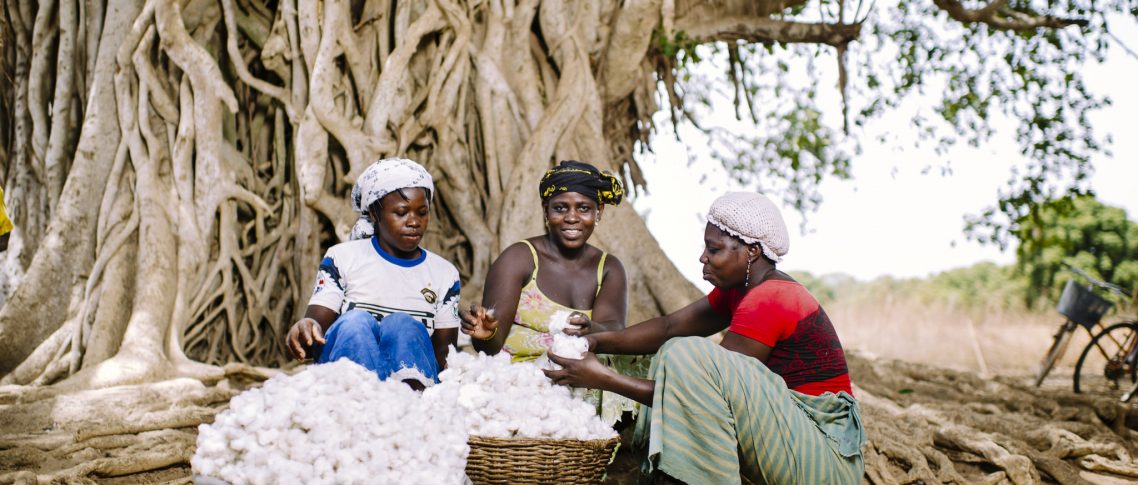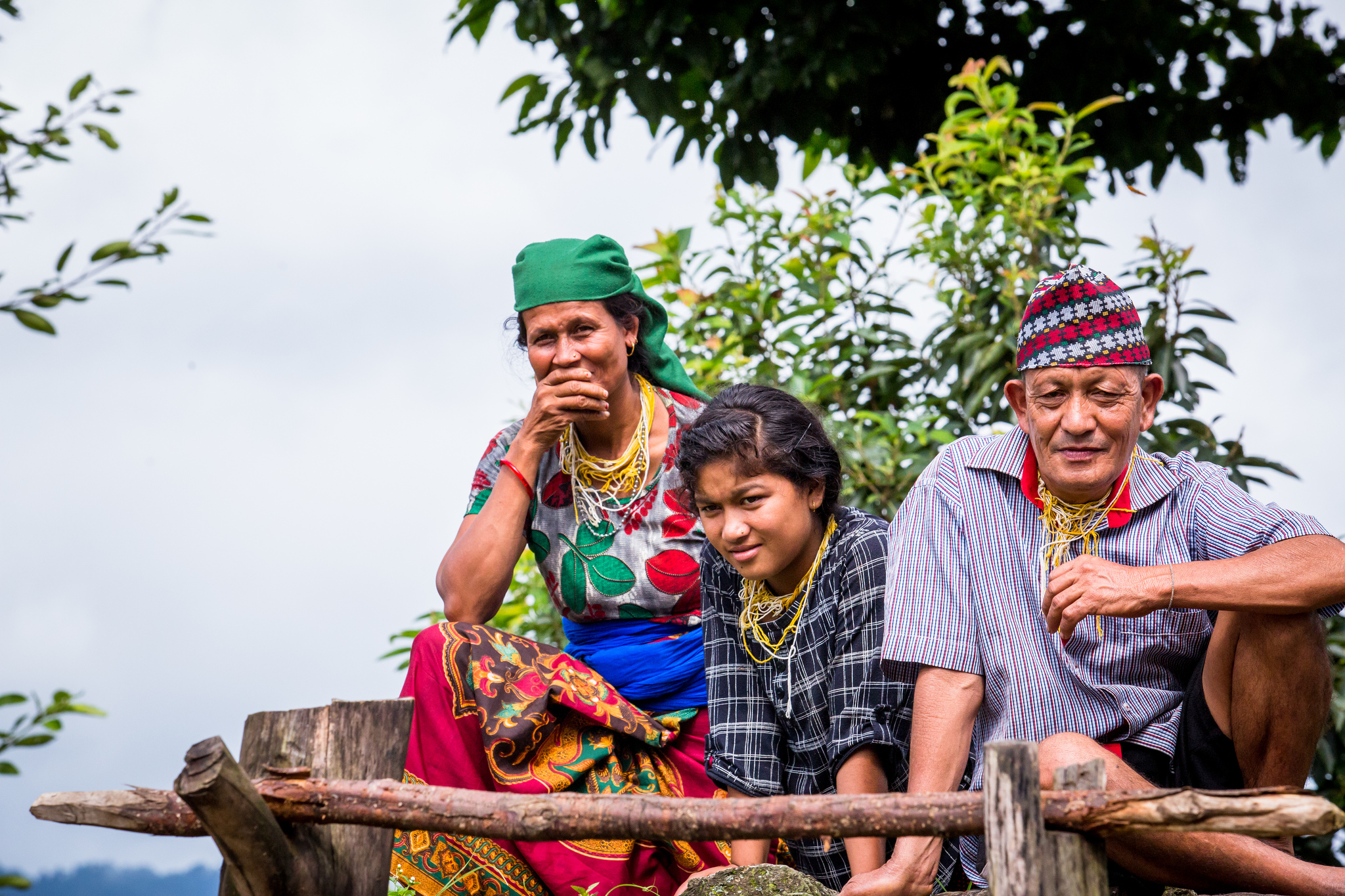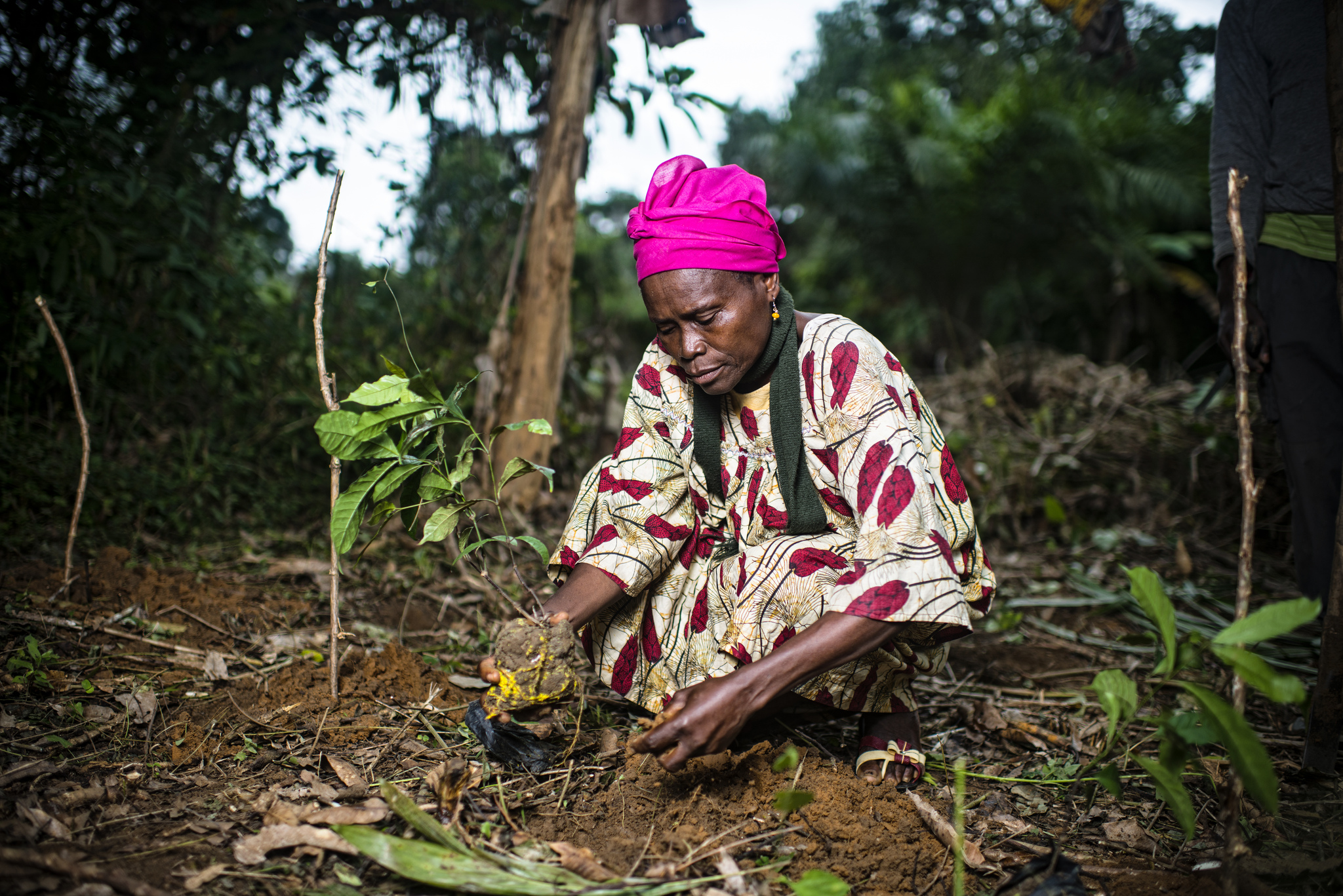Supporting women in landscape restoration and sustainable agriculture across the African continent has the potential to lift 150 million people out of extreme poverty and hunger, said Nigel Sizer, Chief Program Officer at the Rainforest Alliance, during the Gender Plenary at the Global Landscapes Forum (GLF) in Nairobi on August 31.
Around 26% of African households are headed by women, said Sizer, and these households are much more likely than those headed by men to fall into poverty. Not unrelated in the least, women are also more vulnerable to the impacts of climate change and land degradation, said Voré Gana Seck, President of sustainable development NGO Green Senegal, Senior Advisor at Senegal’s Economic, Social and Environmental Council (CESE), and Deputy Mayor of the coastal city Bargny.
“The strategy that men use to counter climate change is migration,” said Seck, pointing to some of CESE’s recent research into women’s resilience to climate change in Senegal. “It’s very easy for men to leave compared to women. Women stay behind to raise children and produce food, so they are the ones who are left to fight land degradation.”
And if that wasn’t enough, they suddenly have a swathe of other roles to fill following the departure of men in their lives. “They have to become the father and the grandfather, too,” said Musonda Mumba, panel moderator and Chief of the Terrestrial Ecosystems Unit at the UN Environment Programme.
Men’s farming plots across Africa are also an average of 35 to 40% more productive than women’s, said Sizer, because of unequal access to inputs such as fertilizers, training, credit and labor, and the failure of most extension services to take women’s specific needs into account. If women were given equivalent resources and support as men, the impacts on productivity and poverty reduction would be immense.
So how can people working in the sector help women in landscapes across Africa access these kinds of resources and support? The panelists offered a number of ideas.


FAMILY FIRST
While gender equity work might ultimately seek to transcend the rigidity of traditional gender roles, needs, expectations and limitations, “we cannot simply rub them out,” said Cécile Ndjebet, president of the African Women’s Network for Community Management of Forests (REFACOF). “They are part of life. Women have been educated in those contexts. So we have to try to understand the dynamics first, and then build on them toward greater equality.”
Engaging men, she said, is a key part of this process. “We can’t work with women in isolation. We need to help men understand the added value of having women on board, in order to better the situation for everyone.”
One area that’s ripe for transformation is tenure. “It starts right from the family,” she explained. “Boy and girl children are born with different rights. In many places, boys get the right to own lands and forests and all the resources they come with, but girls don’t.”
Formalizing land and tree rights for women flies in the face of norms in most sub-Saharan African countries, and this holds back livelihoods and restoration both. Sizer pointed out that when women don’t own land, they are less likely to make longer-term investments like planting trees, because they risk being forcibly displaced if their familial situation changes, such as if they become suddenly widowed.
“So we have to work at the family level to make sure that ownership of resources is available to women as well as men,” said Ndjebet.
BEHIND AND BEYOND FRONT DOORS
Sizer also highlighted the value of enlisting trainers and extension agents to target women farmers specifically, and to be more responsive to their needs. For example, he suggested bringing advice to women’s physical doorsteps, because household responsibilities can preclude their attending meetings and events. Shifts in practice like this would be relatively simple to implement and could provide deep and lasting benefits: “This, surely, is a low-hanging fruit,” he urged.
The integration of technological innovations – drip irrigation, short cycle seeds, food processing techniques – can also improve women’s efficiency and value of their products, though use of new technology, too, requires training.
While these ideas highlight ways to build women’s capacity within existing systems and structures, there is also ample room to build new structures and shake things up at systemic levels. The creation of networks that bring together and empower rural and indigenous women, multiple panelists pointed out, is a much-needed way to so. Sizer issued a challenge for “all of us here in the room to do more to support women’s organizations, so that they can become much stronger and better advocates for their interests, and for gender-related work across the region.”

PARTICIPATION POINTS
As have long resounded at the GLF and other such events, calls were made by multiple panelists to increase the representation and participation of rural and indigenous women in land governance. However, Ndjebet made a point of noting that women should be more involved in environmental projects as well. “We have to ensure that there is effective participation of women and men, right from the beginning, in design, formulation, implementation and monitoring, as well as decision-making and benefit-sharing.”
Mikoko Pamoja – the world’s first community-led blue carbon initiative, based on Kenya’s south coast – conscientiously works to keep internal representation equal between the genders, and currently has a mangement team comprising seven women and six men. “Everyone is given the same priority there, because they’ve all been given high executive positions,” said Josphat Mwamba Mtwana, the initiative’s Project Coordinator.
The organization also allows all interested community members to have a say in decision-making, on issues ranging from how to spend earnings to carbon credits. “Regardless of age, gender or anything else, they’re all given the same opportunity to have their views heard,” he said.
Representation of women in business in Africa also stands for improvement. Panelist Ciiru Waweru Waithaka, CEO of Funkidz Limited, which creates children’s furniture using locally available raw materials, shared some of her struggles in Kenya’s manufacturing industry. “In my own company – sadly – I’m the only woman,” she said. “We’ve tried to get women in, but with the cultural barriers that we have here, this has not yet been possible.”
TAKING INITIATIVE
Thoughtful initiatives can go a long way in helping improve women’s livelihoods. Mikoko Pamoja, for instance, uses funds from carbon credits to pipe water into the local villages. This makes a big, practical difference to women, as they otherwise have to travel far to gather water each day.
Giving women access to more central and high-end markets can help women earn higher incomes than they get from selling in local villages. “I think that’s part of the role of banks,” said Mustapha Chehhar, Executive Director of the Crédit Agricole Group of Morocco’s ARDI Foundation for Microcredit, which created a market in Casablanca for rural cooperatives to sell their products. “We can bring partners and stakeholders together, to open up the horizons for small cooperatives in isolated areas.”
There are also numerous untapped points within supply chains for women to take the lead. In the furniture industry, for example, Waithaka highlighted obvious as well as creative opportunities. “Women could be encouraged in the villages to plant trees, and set up their own [timber] mills; they could also intercrop and grow traditional foods like cassava and sweet potato to sell. And then each bed we make needs a blanket, so we could get the women involved in crochet and knitting…”
“We need to look at how we can build industries to support the entire value chain, and then make sure that women are at the core of this,” concluded Waithaka.
We want you to share Forests News content, which is licensed under Creative Commons Attribution-NonCommercial-ShareAlike 4.0 International (CC BY-NC-SA 4.0). This means you are free to redistribute our material for non-commercial purposes. All we ask is that you give Forests News appropriate credit and link to the original Forests News content, indicate if changes were made, and distribute your contributions under the same Creative Commons license. You must notify Forests News if you repost, reprint or reuse our materials by contacting forestsnews@cifor-icraf.org.


